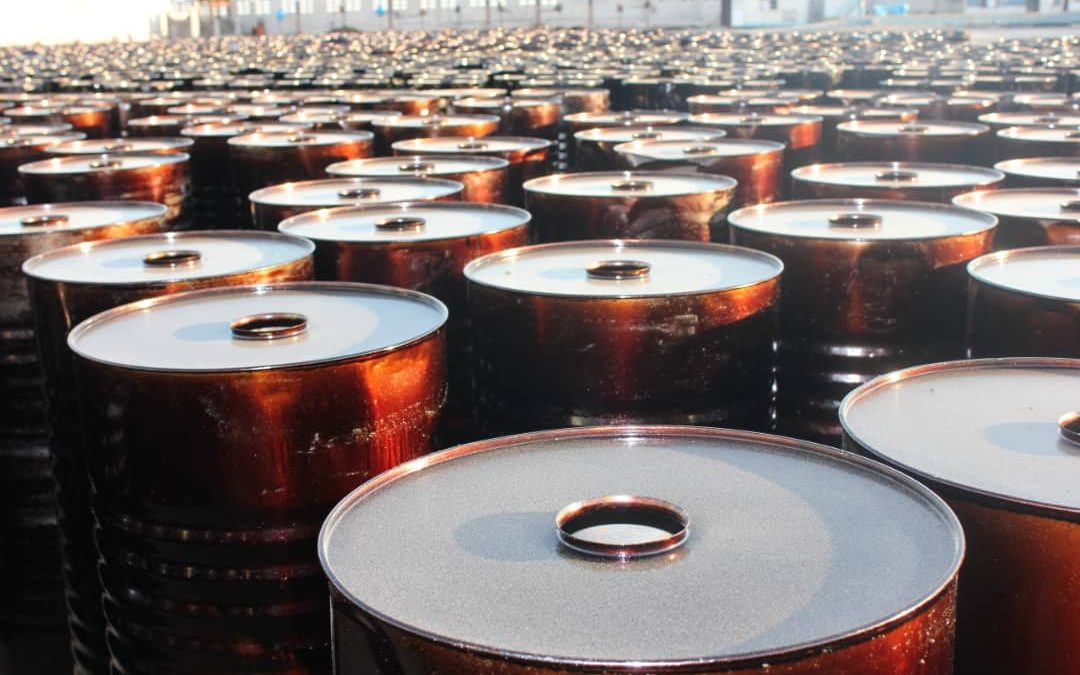Buy bitumen VG 30
In this article, we will discuss the future scenario of the competency of countries to buy bitumen VG 30. In other words, we will talk about the prospective oil and bitumen petrochemicals market.
World Petrochemical Industry Growth Scenarios
They recognize the petrochemical industry today as an essential part of the manufacturing and consumption sectors,
encompassing a wide range of high-consumption products such as
paints, plastics, rubber, cleaning agents, fertilizers, textiles and even solvents. In 2010, the total value of the global chemical market was at $3.3 trillion,
of which the petrochemical industry accounted for the largest market share with 40%.
Buy bitumen VG 30 :
It’s worth mentioning that in 1990 a large part of the growth of the world petrochemical industry depended on the growth of this industry in Western countries,
but from this year onwards, the share of Asian and Middle Eastern markets in the global production of this industry exploded. Moreover, the growth of these markets sped up from 2000 onwards,
as this emerging region was one determinant of the improvement of the global petrochemical market. Despite markets such as China and India,
which have very high consumption potential and access to cheap feed in the Middle East,
much of the petrochemical industry is shifting to these countries.
As we know, price fluctuations of polymers are quite common in the petrochemical industry. The industry has always faced periods of boom and bust of 6-8 years. The main reason for these fluctuations is that usually during the boom period, there is a plan to increase the capacity and after a while, its efficiency rate decreases,
in addition to political and economic events also affect the price of polymers.
Import tariffs affect the ” buy bitumen VG 30 “
Generally, import tariff rates can have a significant impact on a country’s petrochemical industry. Determining the optimal rate of these tariffs can affect the fate of the petrochemical industry and the economy of a country. For instance, in India,
the import tariff on naphtha is set at 5%,
so there is no difference between the import of raw materials such as naphtha and final products such as polymers,
which makes it economical to produce different polymers from naphtha.
Global scenarios of ethylene and propylene
Given that ethylene and propylene are the two basic products in the petrochemical industry,
the demand situation of these two products usually determines the market demand situation. According to the CMAI, global ethylene production capacity is about 147 million cubic meters
and total global demand is about 120 million cubic meters. As expected, this capacity increased to
about 165 million cubic meters in 2015, while demand grew by 151 million cubic meters with lower growth.
